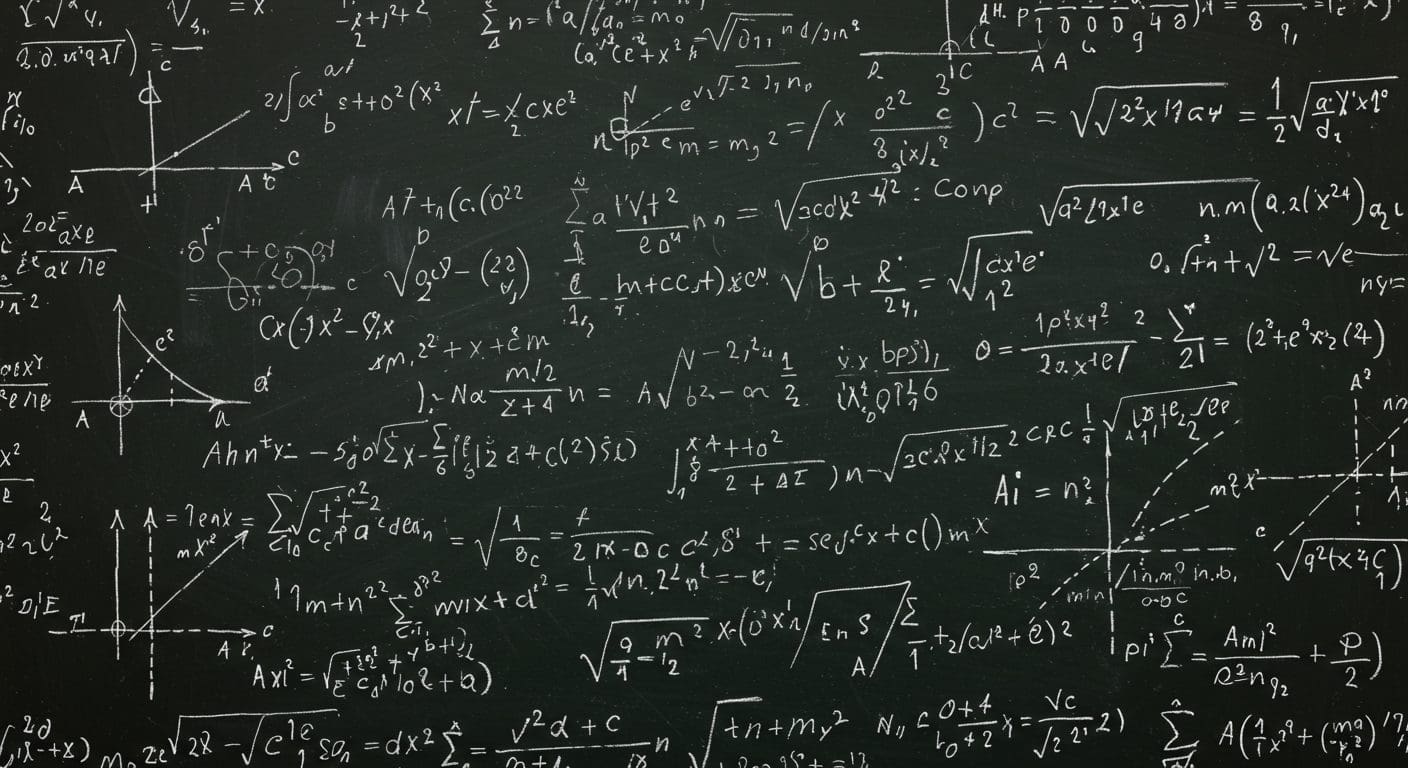The quest to demonstrate a practical quantum advantage hinges on identifying problems where quantum computers fundamentally outperform their classical counterparts, and recent work by Daniel Grier, Daniel M. Kane, and Jackson Morris, all from UC San Diego, alongside Anthony Ostuni and Kewen Wu, represents a significant step forward in this pursuit. The team constructs specific quantum circuits and associated probability distributions that reveal a clear separation between quantum and classical computational power, even for relatively simple, shallow circuits. Crucially, this achievement overcomes limitations present in previous attempts, avoiding restrictive constraints on either the classical algorithms or the quantum circuits used to demonstrate the advantage. By building upon earlier insights from research into relational problems, the researchers establish a compelling case for quantum speedup, paving the way for more powerful and versatile quantum technologies.
Quantum Advantage in Sampling Complex Distributions
Scientists investigate whether quantum computers can outperform classical computers in generating samples from complex probability distributions, focusing on shallow quantum circuits, which are more practical for current hardware. The research centers on understanding the computational difficulty of sampling and exploring whether quantum computers can efficiently solve problems intractable for classical machines. The study examines how locality, where probability mass is concentrated on a small number of configurations, affects sampling complexity. Researchers explore how transformations preserving locality can create challenging distributions for both classical and quantum algorithms, aiming to prove lower bounds on sampling complexity and connect these bounds to concepts in circuit complexity.
The results demonstrate that distributions with strong locality properties are often hard to sample from, providing a fundamental principle for constructing challenging instances. Scientists establish links between sampling complexity and the difficulty of learning Boolean functions, leveraging existing techniques from circuit complexity to prove sampling lower bounds, and demonstrating an exponential separation between shallow quantum and classical circuits. The research provides strong evidence that quantum computers can achieve a computational advantage over classical computers even with limited-depth circuits, crucial for developing near-term quantum applications. Locality plays a crucial role in determining sampling complexity, with strongly local distributions proving difficult to sample from, and the theoretical results are relevant to experimental quantum computing platforms, such as boson sampling and photonic quantum computing.
Geometric Circuits Demonstrate Quantum Advantage
Scientists engineered a family of quantum circuits and corresponding probability distributions to demonstrate a clear separation between quantum and classical computational power. The team constructed circuits utilizing standard quantum gates, achieving a geometrically local implementation with a depth of 7, and rigorously proved that the total variation distance between the quantum-generated distribution and the best classical approximation is 1 − e−Ω(n). This research builds upon prior work separating shallow quantum and classical circuits for relational problems, overcoming limitations of previous separations by avoiding restrictions on either the classical or quantum circuits. Scientists carefully designed the quantum circuits to avoid arbitrary single-qubit gates, allowing for a more fundamental comparison between quantum and classical capabilities. To validate the separation, researchers compared the output distributions generated by the quantum circuits with those produced by classical circuits applied to any product distribution, revealing a substantial difference and demonstrating that the quantum circuits can generate distributions fundamentally inaccessible to classical computation within the specified constraints. The study also establishes a direct product theorem for sampling in NC0, enabling amplification of a weak separation between NC0 and QNC0.
Quantum Advantage in Constant-Depth Circuits Demonstrated
Scientists have achieved a significant breakthrough in demonstrating a clear separation between quantum and classical computers, constructing a family of constant-depth quantum circuits that outperform their classical counterparts. The team constructed circuits utilizing standard quantum gates, achieving a geometrically local implementation with a depth of 7, and demonstrated that these circuits produce distributions demonstrably different from those achievable with classical circuits of comparable complexity. Experiments revealed that any constant-depth classical circuit exhibits a total variation distance of 1 − e−Ω(n) from the distribution generated by measuring the quantum circuits, confirming a substantial difference in computational power and demonstrating that the quantum circuits generate distributions fundamentally inaccessible to classical computation within the same depth constraint. The team’s approach builds upon a relational problem initially presented in prior work, strengthening the separation between classical and quantum circuits, and confirming that the constructed quantum circuits offer advantages even in a restricted computational regime. This work establishes a strong foundation for understanding the core aspects of quantum computation and its potential for surpassing classical capabilities.
Parity Halving Separates Quantum and Classical Computation
Researchers have constructed a family of probability distributions and corresponding quantum circuits that demonstrate a significant separation between the capabilities of quantum and classical computation. The team proved that while these quantum circuits can produce a specific distribution with certainty, any classical circuit of comparable complexity would be unable to accurately replicate it, building upon previous work separating shallow quantum and classical circuits for relational problems. The core of this work lies in the construction of distributions inspired by a challenging problem known as Parity Halving, and the design of geometrically local quantum circuits that precisely generate these distributions. Researchers demonstrated that classical algorithms struggle to approximate these distributions, exhibiting a substantial difference in their output compared to the quantum circuits. This difference is quantified using a metric called total variation distance, confirming the computational advantage. The authors acknowledge that the separation depends on specific parameters related to the size of the problem and the complexity of the circuits, and note that further research is needed to explore the extent to which these results can be generalized to other computational models and problem settings.

